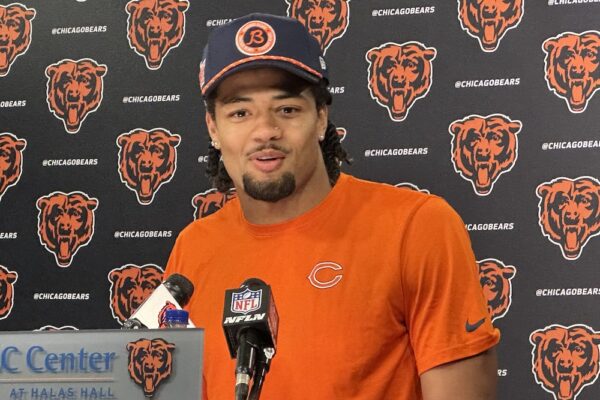
When you think of marquee sporting events, the Super Bowl, the Masters, the Kentucky Derby all come to mind.
How about the World Series? Not the baseball game, but the richest and most prestigious poker event on the planet. The World Series of Poker, held at the Rio in Las Vegas.
This fall classic actually got underway in July, when 6683 hopefuls began a grueling seven day event, competing for nearly 63 million dollars in prize money.
That’s right $62,825,725, with a cool ten million to the winner.
The total prize pool in 2014 for Wimbledon was £25 million, which is $40 million. That dwarfs the Masters’ total prize pool of $9,000,000.
The poker players each put up $10,000 to compete in the “Main Event” where they receive 30,000 in poker chips to start play.
The Main Event is actually the culmination of sixty-five poker tournaments with buy-ins ranging from as little as $500 to the one million dollar buy-in for the “Big One for One Drop,” which raises money for the charitable arm of the WSOP.
There are tournaments contested in other varieties of poker such as Low Ball, Stud, Omaha, and mixed games, not just the popular game of No Limit Hold ’em. There are also events for Ladies, Seniors (age 50 and above,) and even casino employees.
However, the Main Event is truly the marquee poker tournament of the year. The beauty of the event is that unlike the Masters or Wimbledon, anyone with ten grand can play.
So, most of us could never stand across the net from Rafael Nadal or tee it up with Rory McIlroy, and stand a chance, but if you have the cash, some skill, and a little luck, you can sit down at the poker table with professional players, actors, athletes, and rich businessmen and compete for the big prize.
Some claim that poker isn’t a sport.
In addition to luck, it takes stamina, mental discipline, practice, and experience to do well in poker tournaments, which can last for hours and hours, or days and days in the case of the WSOP Main Event.
These days people compete for money in Scrabble, Chess, Foosball, and even video games.
ESPN televises the Main Event. Their coverage began in late September with the first seven days of the tournament show airing on a weekly basis, with it’s conclusion in time for last night’s final table, featuring the “November Nine.” The last nine standing were guaranteed a minimum of $700,000.
The best part of the Monday’s final table and the conclusion tonight is that the action is shown live, plus a thirty minute delay. This means seeing every hand in play. When watching the edited coverage, the viewer gets to see only the action hands. That gives a false impression of how the game really plays out. In most hands, the action doesn’t proceed to a flop (seeing the first three community cards) or even a showdown (all the cards on the table.) It is a much better sense of how the game play proceeds. Most often one player makes a large bet, resulting in the others a the table folding their hands if they hadn’t already. It doesn’t make for great TV, but it is the way the action really proceeds.
That’s why I really enjoy the “live” coverage. That, plus the analysis by top pros such as Antonio Esfandiari, Phil Hellmuth, and Daniel Negreanu. This is where the real value lies. Not only that, but any cards in play get show on television. If anyone wanted to learn how the game is played at the highest levels, it’s a joy to behold.
Of the thousands of entrants this year, two remarkable feats occurred. One player, Ronnie Bardah cashed in the Main Event for the fifth year in a row. That is fantastic, considering that only ten percent of the field makes the money. Even more amazing is what Mark Newsome did. He defied odds calculated by ESPN as more the half a million to one, to make two consecutive final tables.
On Monday night the nine played down to just three, and the action concludes on ESPN at 9 ET.
Full story on PokerNews.com








